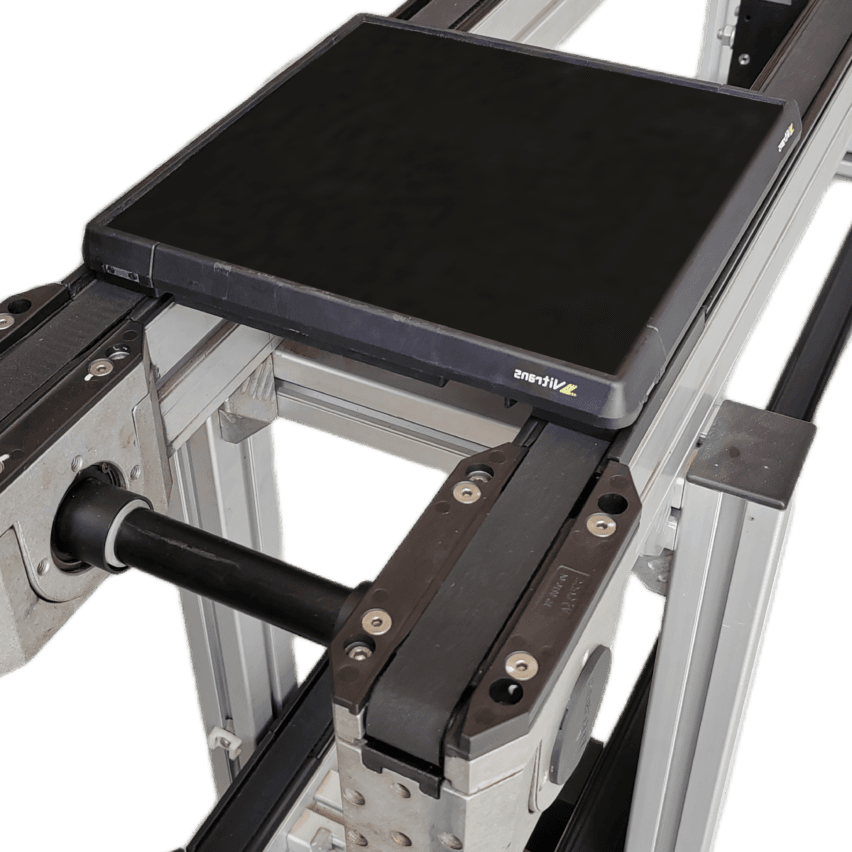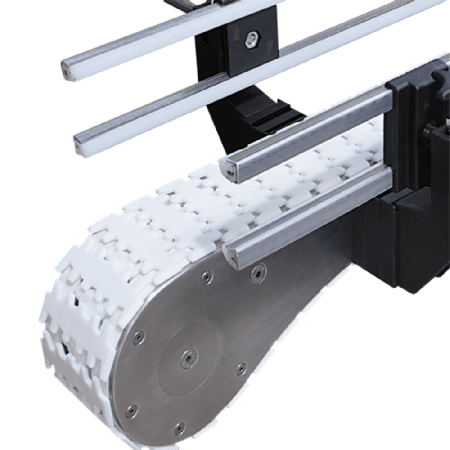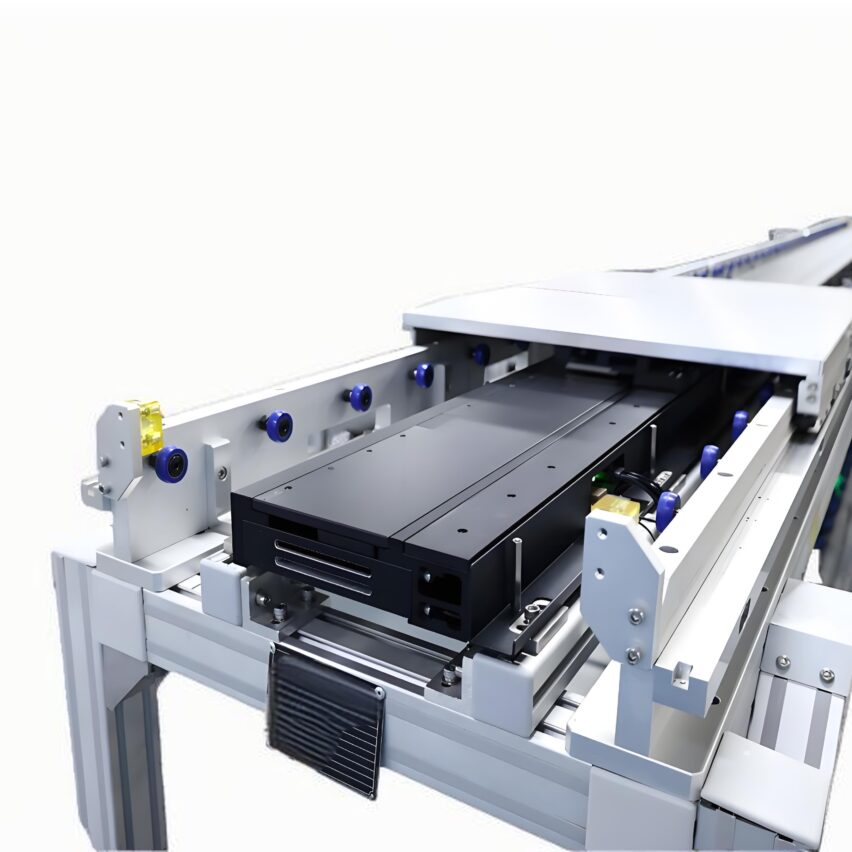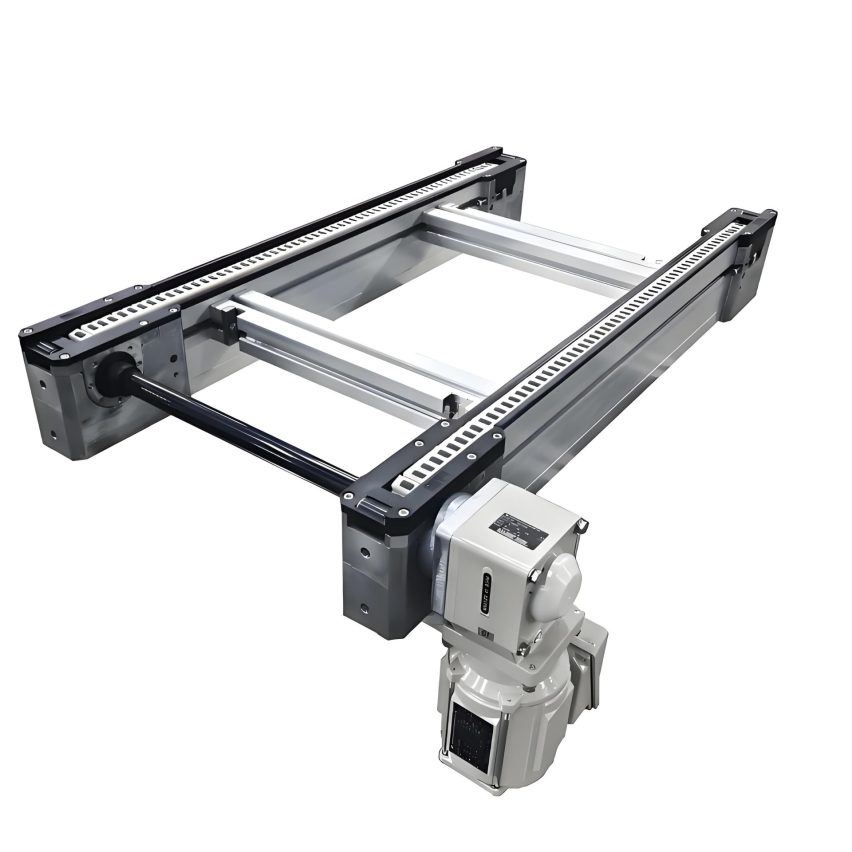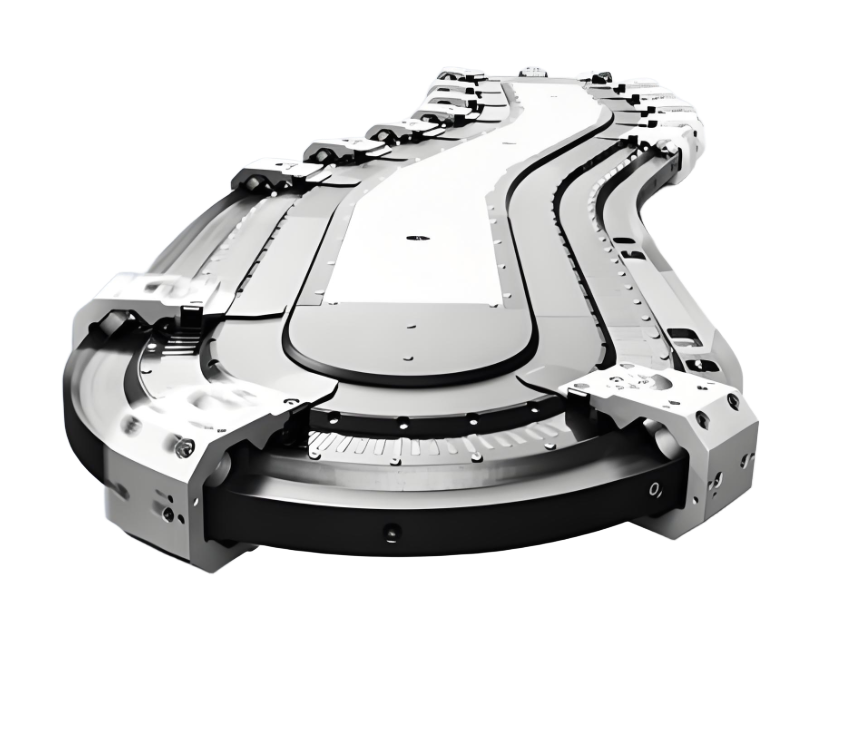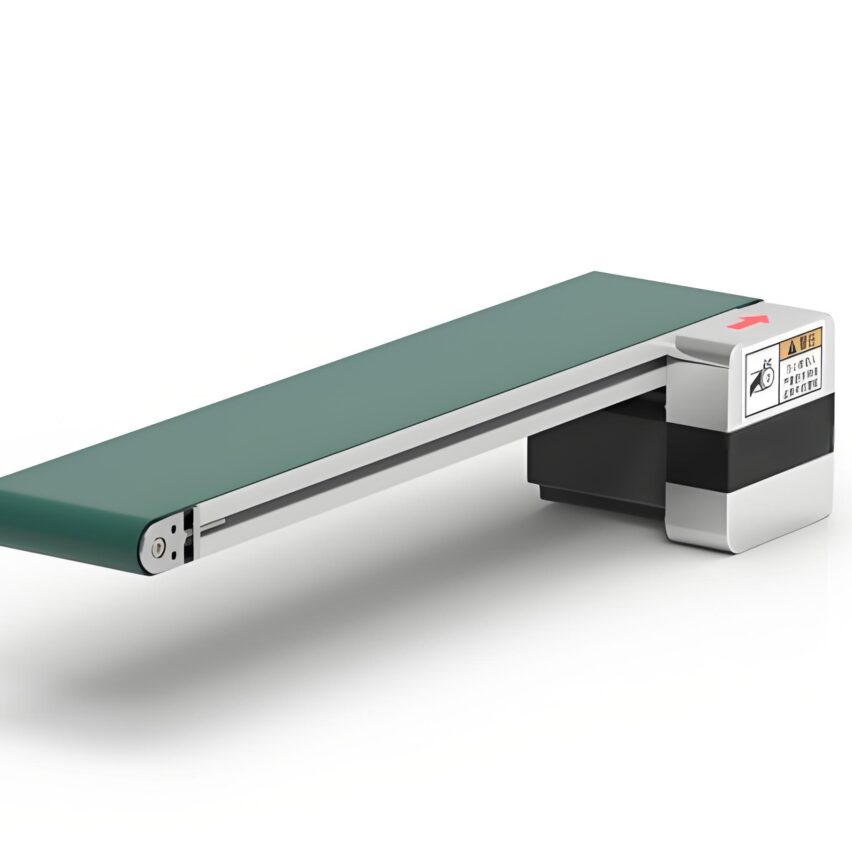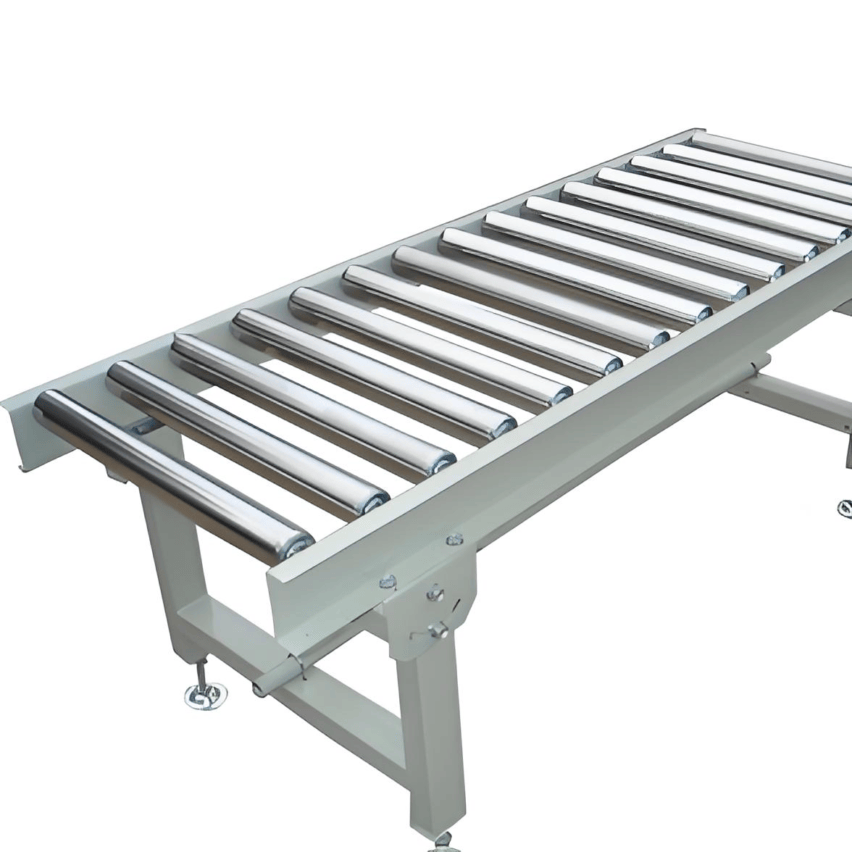How can AGV linkage systems solve the rigid bottlenecks of traditional production?
The traditional manufacturing industry relies on fixed tracks or manual handling, facing low efficiency, high adjustment costs, difficult to cope with order fluctuations and other pain points. For example, the railcar body is more than 20 metres long, the overhead cranes are easy to shake and need a special site; heavy-duty industries such as construction machinery, 100 tonnes of parts transfer depends on railcars, moving slowly and can not be cross-workshop operation. AGV linkage system through theMulti-vehicle Collaborative Architecture (MVCA)Breakthrough: The master vehicle acts as a command hub, using 5G/Wi-Fi dual links to break down tasks in real time, while the slave vehicles follow in sync with millimetre-level precision, supporting dynamic grouping. This flexible design allows the production line to be quickly reorganised like "Transformers" - no ground modification is required, and the number and path of AGVs can be adjusted within 5 minutes to adapt to the needs of mixed lines with multiple models.
- Intelligent Scheduling Engine: REX algorithms combine IoT data to automatically assign task priorities and avoid route congestion. For example, 121 AGVs in Sany Heavy Industries' factory collaborate through a traffic light traffic control system to improve logistics efficiency by 60%.
- Physical connectivity innovationsHydraulic tongs for rigid docking of 100 tonnes of heavy loads, and air film jets for flexible adaptation to uneven ground to ensure handling stability.
- safety redundancy mechanismWhen a single machine fails, other AGVs automatically take over the task to ensure 24-hour continuous operation of the production line.
Why is it the "new engine" of flexible production? Key scenarios revealed
In a changing market, flexible production requires fast response to order switching. how can AGV linkage systems achieve this? Takeask and answer questions for oneselfFormal Parsing Core:
Q: How can AGVs avoid production line stagnation in small batch customised production?
A: Through the "task insertion order" function. When the parts of a certain model are missing, the system will automatically front the subsequent orders, and AGV will adjust the material distribution path instantly. For example, after the application of AGV in the panel industry, the cutting time is reduced from 10% to 4%, and the scheduling flexibility is greatly improved.
Q: How can handling accuracy be guaranteed in complex environments across regions?
A: Fusion of laser SLAM navigation and vision calibration. AGV real-time positioning compared to electronic maps, the master vehicle dynamically corrects the slave vehicle attitude deviation (± 10mm accuracy). In European Airbus satellite module handling, this technology avoids the risk of centre of gravity offset and improves efficiency by 75%.
Three transformational scenarios:
- Automotive Mixed Line AssemblyDouble-vehicle linked AGV synchronous traction chassis, cancellation of the accompanying assembly collapsing table, the manual work surface optimised to 1050mm, saving 30% of lineside space.
- Warehouse logistics optimisationAGVs work together with three-dimensional warehouses to achieve "goods-to-person" picking. An e-commerce warehouse has improved inventory turnover by 40% and reduced manpower costs by 60% through this solution.
- Hazardous environment operations: AGVs replace manual handling of yarn carts in the fibre manufacturing industry, reducing accident rates by 90% and supporting clean room cleanliness requirements.
Real-world benefits data: how can companies leverage their efforts to achieve cost reductions and efficiency gains?
| norm | traditional approach | AGV Linkage System | Enhancement |
|---|---|---|---|
| Handling efficiency | Reliance on manual scheduling | Intelligent Path Planning | 50%-75% |
| labour cost | High-density labour force | Automated unmanned operations | Reduce 60% |
| Space utilisation | Fixed track takes up space | Zero transformation of dynamic grouping | Warehouse space minus 60% |
| Production Flexibility | It takes hours to change lines. | 5-minute adjustment programme | Response speed x 3 times |
Case in point: Jiasun Intelligence deploys AGV linkage system in panel factory.Non-performing Rate Reduction 80%In addition, the annual cost savings of 135 million yuan; National Robotics to create flexible logistics for micro-excavator production line, manufacturing cycle time shortened by 54.55%. These data confirm the value of the system's engine - not only as a tool, but also as the intelligent core of the reconstruction of the production process.
The rise of AGV linkage system, marking the manufacturing industry from "rigid assembly line" to "flexible ecology" leap. In the future, with the deep integration of 5G and AI, it will unleash greater potential in customised production, but enterprises need to be vigilant about the adaptability of the technology: to avoid blindly stacking equipment, but should focus on the integration of processes, in order to truly ignite the flexible production revolution.
: Principles and core advantages of AGV multi-truck technology
: AGVs for efficiency improvement and cost optimisation in warehouse logistics
: AGV Intelligent Scheduling and Production Line Assembly Applications
: 5G+AGV enables low-latency cross-region scheduling
: AGV Flexible Handling Case in Panel Industry
: AGV Flexible Logistics System for Construction Machinery Industry
: AGV automation solutions for fibre manufacturing


